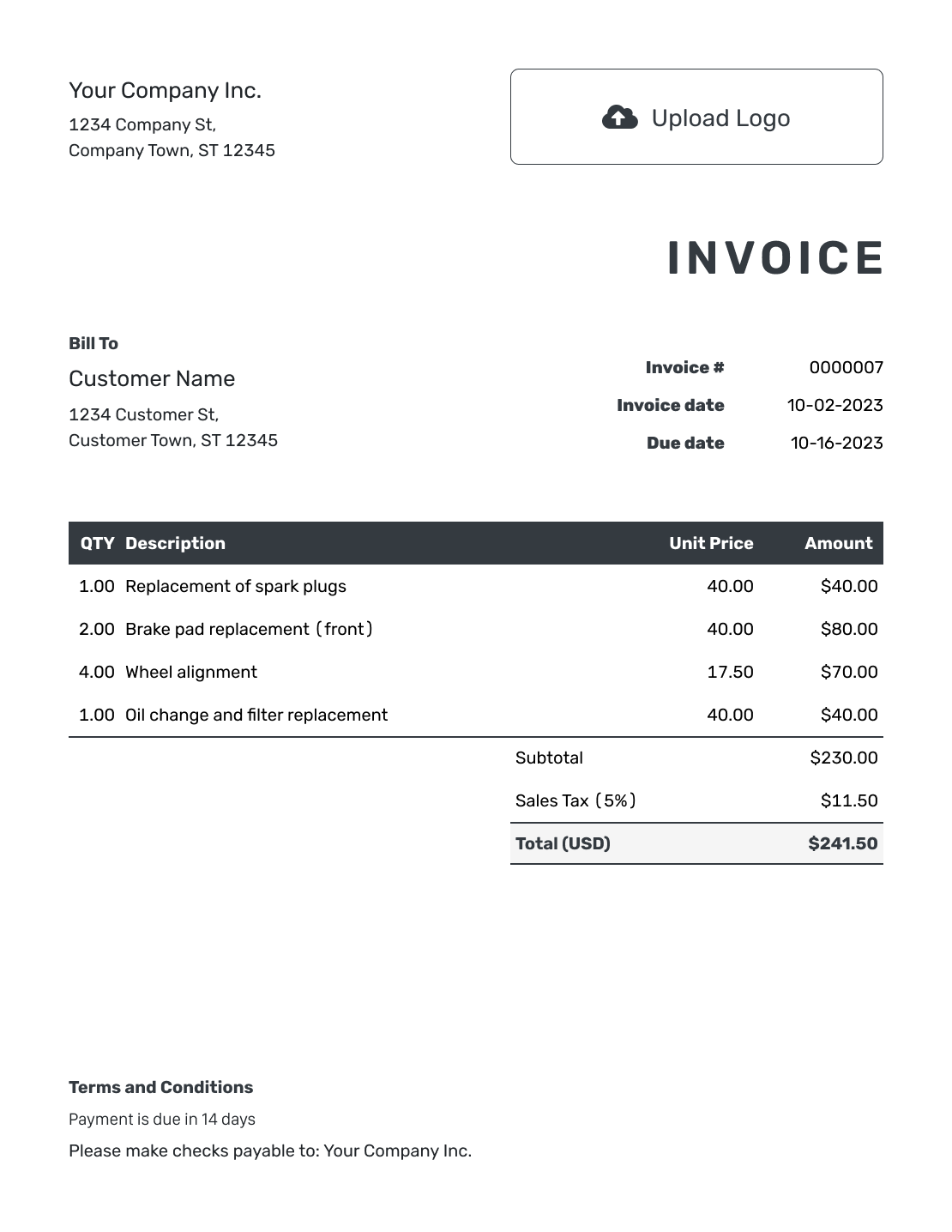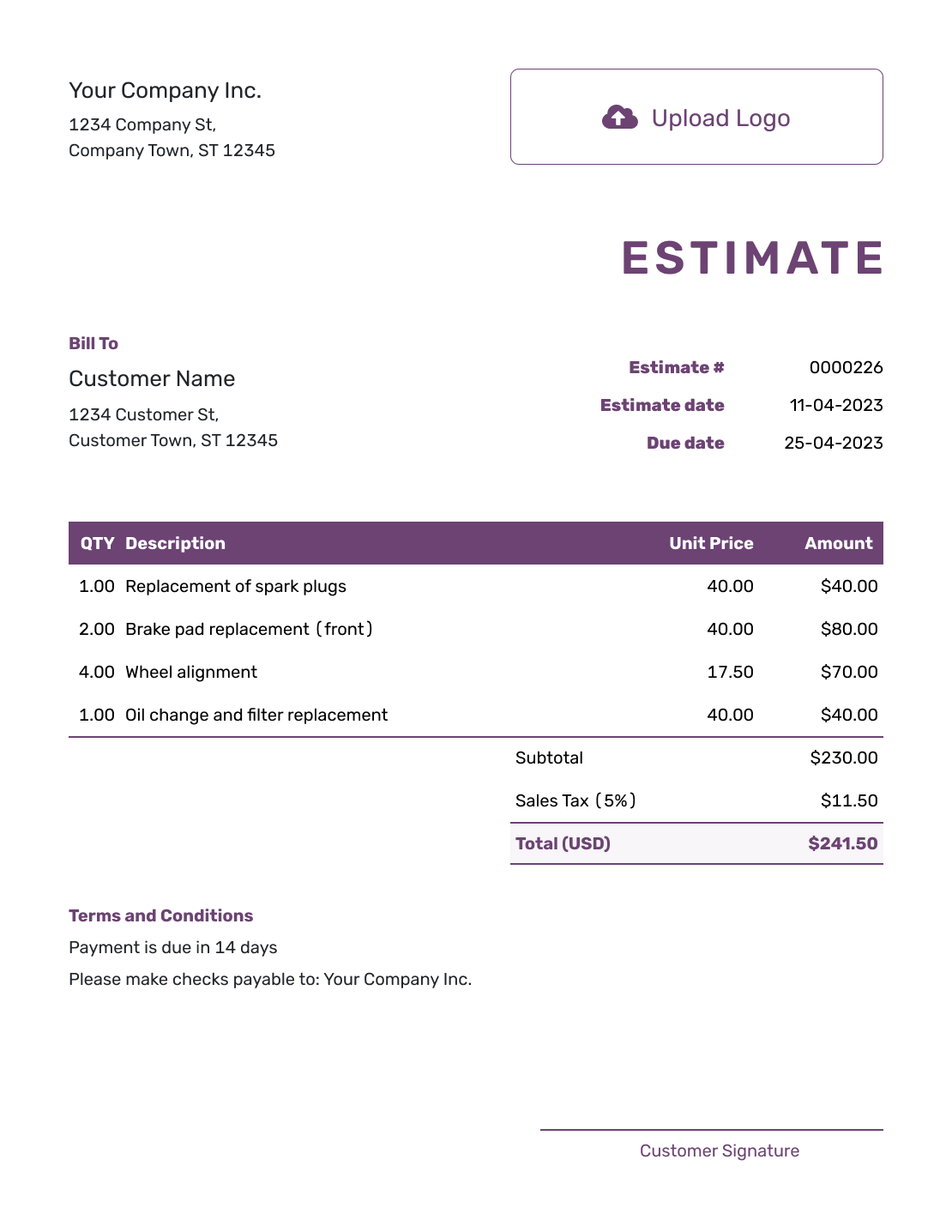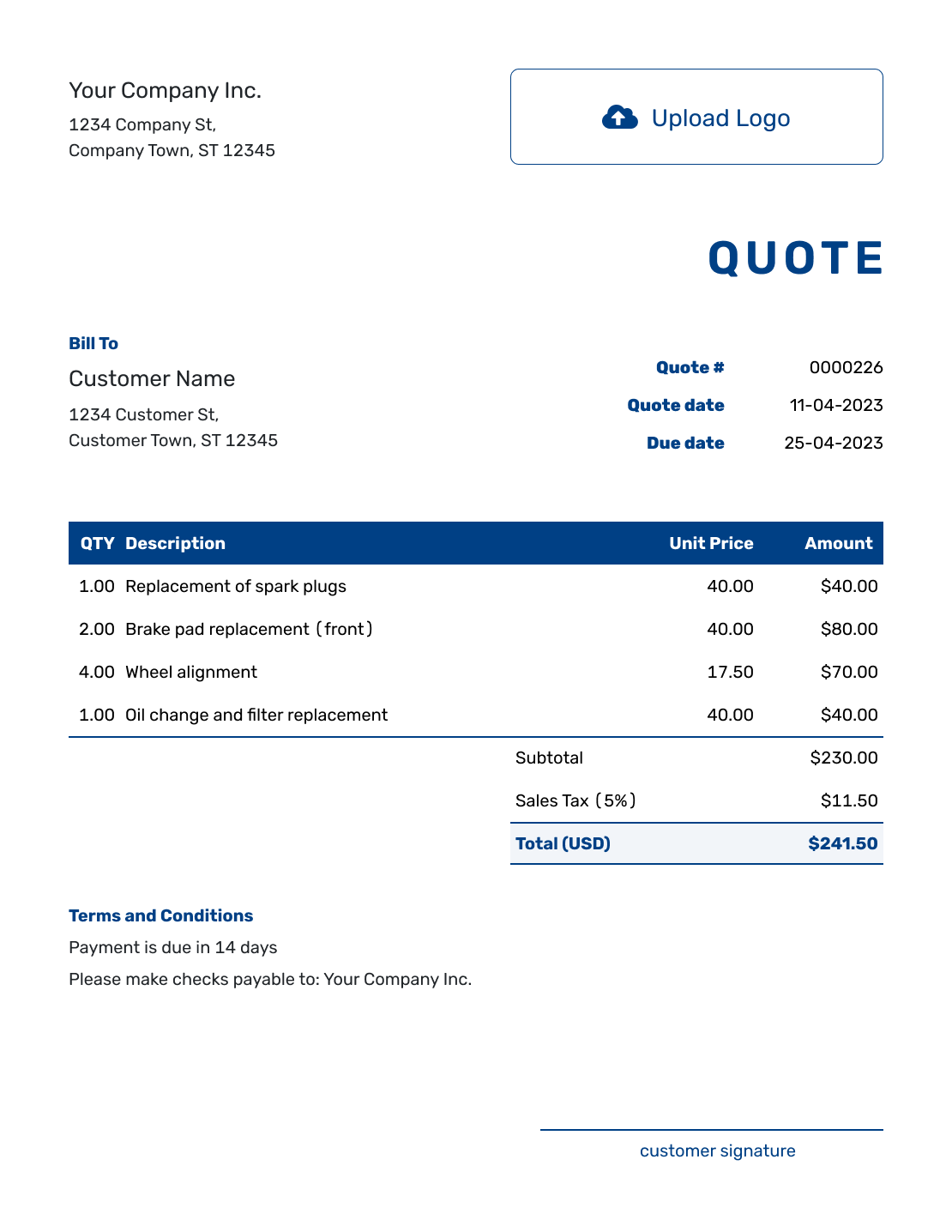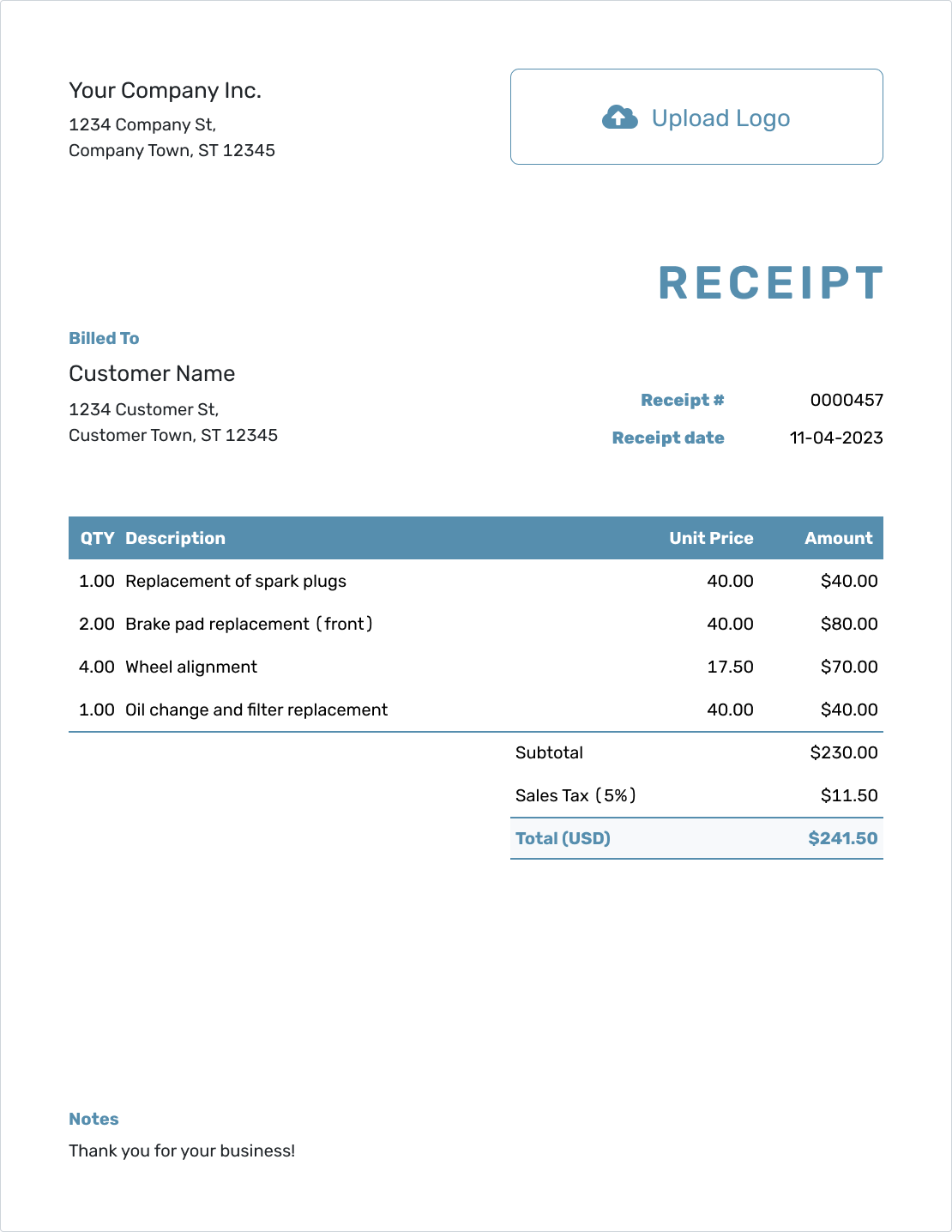Understanding
Deferred Revenue
Est. reading time: 6 min

Deferred revenue might sound a bit technical, but it’s simply a way to talk about money you’ve received from customers before you’ve delivered the goods or services they’ve paid for. Imagine you buy a magazine subscription that lasts a year—you pay upfront, but you haven’t received all the magazines yet. That prepaid money is deferred revenue for the publisher until they send you each issue.
What is Deferred Revenue?
Deferred revenue is money a company receives in advance for products or services it will deliver in the future. It’s sometimes called unearned revenue because the company still has an obligation to fulfill before it can count the money as income. Essentially, deferred revenue is a liability, because the business has a commitment to the customer.
To make it simple: if a customer pays you today for something you’ll give them later, that payment is deferred revenue until the work is done or the product is delivered. Only after that point can it officially be recognized as revenue.
Examples of Deferred Revenue
Deferred revenue is quite common in everyday businesses. Here are some examples that may help you understand the concept better:
- Subscriptions: When a customer pays upfront for a subscription to a service like streaming content or a magazine, the company receives that payment as deferred revenue. Each month that the customer receives access, a portion of that payment is recognized as revenue.
- Software Licenses: Companies that sell annual software licenses will receive payment upfront. But until they provide access to the software over the agreed period, that payment remains deferred revenue.
- Gift Cards: Retailers collect money for gift cards at the time of sale, but they don’t consider it earned until the gift card is used to buy something. Until then, it’s deferred revenue.
How Deferred Revenue Works in Accounting
In accounting, deferred revenue is initially recorded as a liability on the balance sheet. This is because the company still owes the customer a product or service. As the company delivers on its obligation, the deferred revenue is gradually moved to the income statement as actual revenue.
Accounting for Deferred Revenue:
- Step 1: When the payment is received, record it as a liability (deferred revenue).
- Step 2: As you deliver the goods or services, gradually reduce the liability and recognize the revenue earned.
For example, if a company receives $1,200 for an annual subscription, it initially records that $1,200 as deferred revenue. Each month, as the service is provided, it will recognize $100 as earned revenue.
| Monthly Recognized Revenue = | Total Payment Received |
| Number of Months in the Subscription |
Why Deferred Revenue Matters
Deferred revenue is important because it helps businesses keep track of what they owe their customers. By treating the money as a liability until services or goods are provided, companies can ensure they are properly managing their finances and not overestimating their income.
For customers, deferred revenue offers security, knowing that the business still has an obligation to deliver on what they paid for. It provides a financial safeguard, ensuring that businesses can’t just count money as their own before delivering on their promises.
Deferred revenue also helps with financial transparency. Investors and stakeholders can see exactly what portion of a company's income is earned versus what still needs to be fulfilled. This helps paint a clearer picture of a business's overall health.
The Docelf Advantage
Managing deferred revenue can be complex, especially for businesses that deal with many customers and varying services. That’s where Docelf comes in. Docelf makes it easy to manage your invoicing, as well as create and manage quotes and estimates for your clients.
- Invoicing Made Simple: Create and send professional invoices to clients effortlessly, helping you keep track of payments and maintain cash flow.
- Quotes and Estimates: Quickly generate quotes and estimates to give your customers clarity on pricing and set clear expectations from the start.
Ready to simplify your invoicing, quotes, and estimates processes? Docelf is here to help. Try it today for free!




